Tear Down and Board Analysis
KFA2 does not rely on the PG161 layout, which Nvidia specified for the RTX 2060 in the “Base Design Kit”, but on an in-house development with also 6 layers. No special feature in this performance class is the single 8-pin ATX power supply connection, but the voltage converter design, which has to be very much subordinated to the power constraint. For example, four phases equipped with conventional MOSFETs for the GPU and two for memory are used. These are ‘regulation’.
The two 12V rails (i.e. also the power supply from the motherboard slot) were each provided with a 1-H coil for smoothing possible spikes and each carry a separate shunt for monitoring the current flow. However, there are no additional fuses for each power rail.
Let’s start with phase splitting. A uP9512S from UPI takes over the task of the PWM controller, which is specially developed for the provision of high-precision output voltage systems for the latest generation of GPUs. It supports NVIDIA Open Voltage Regulator Type 4i+ with PWMVID function. The integrated SMBus interface offers enough flexibility to optimize performance and efficiency and also to connect the appropriate software.
The uP9512S provides a total of 4 phases for the GPU, which control an MDU1514 on the high side with the help of an uP1962S. The low-side of each of these four phases consists of two synchronous MDU1511 (all MosFETS from Magna Chip). The absence of highly integrated power stages can also offer advantages, because the hotspots during heat generation are spread over three times the area and the VRM can be cooled much easier.
The memory modules are supplied via two phases, with the task of the PWM controller being a uP1660Q from UPI Semiconductor. Since significantly less power is required here, because only six memory modules are installed instead of eight, one MOSFET pair from the MDU1514 and MDU1511 per phase is more than sufficient.
The omission of phases (e.g. only 4 instead of 6), however, also has various problems with balancing, which requires a very sensitive fine tuning in order to avoid exactly these. I had already explained balancing in my article “When the editor becomes a developer”, including possible uncertainties and causes of imbalance. In contrast to the larger cards, this board does not rely on the Smart Power Stages (PLC), but on the described solution of individual components.
Keyword DCR (Direct Current Resistance). This is the basis for calculating the flowing currents. But how does the controller know exactly which currents flow in which control loop? The significantly more expensive PLCs provide the so-called MOSFET DCR, with the present, rather simple circuit, but as usual one relies on the Inductor DCR, i.e. a current measurement over the inductive resistance of the respective filter coils in the output range. The accuracy of this solution is also strongly influenced by fluctuations in the quality of the components.
So if you simply owe phases with such a design, you have to distribute the load over a few phases. It must also be taken into account that one of the phases is fed from the motherboard slot and that this is limited to a maximum of 5.5 amperes at the permissible current from the house. The results of my measurements will show later that this division has been quite successful.
Cooler and backplate in detail
The cooler is a compromise between cost savings and necessary performance. One relies on a continuous block of aluminium continuous casting, in which two 4 mm heatpipes have been incorporated. This floor surface was then ground flat and the two heatpipes also function according to the DHE principle by lying directly on the chip. What is new is that these heatpipes have been bent and then again dissipate the heat to the top of the block. This is unusual, but functional.
KFA2 uses a standard fan arrangement with two adjacent 8.5 cm fans above the cooling block. We can see how well this works. The block carries the four threaded sleeves that secure the cooler and two more in the area of the voltage converters, which are also cooled over the large block (which works well). The same applies to memory.
| Cooling system at a glance | |
|---|---|
| Type of cooler: | Air |
| Heatsink: | Complete radiator bottom made of aluminium, DHE principle with recessed heatpipes |
| Cooling fins: | Aluminum, vertical alignment |
| Heatpipes | 2x 4 mm, copper composite |
| VRM cooling: | Main cooler |
| RAM cooling | Main cooler |
| Fan: | 2x 8.5 cm fan, 9 rotor blades semi-passive lyrised |
| Backplate | No |















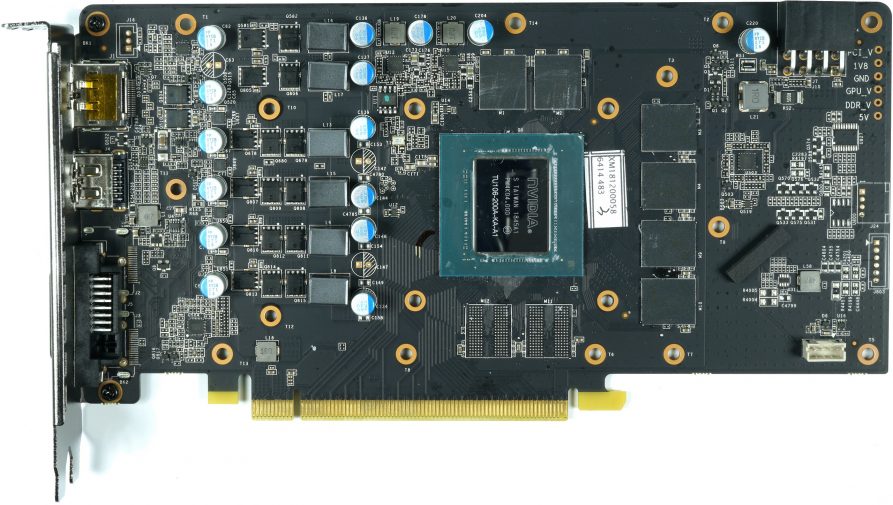
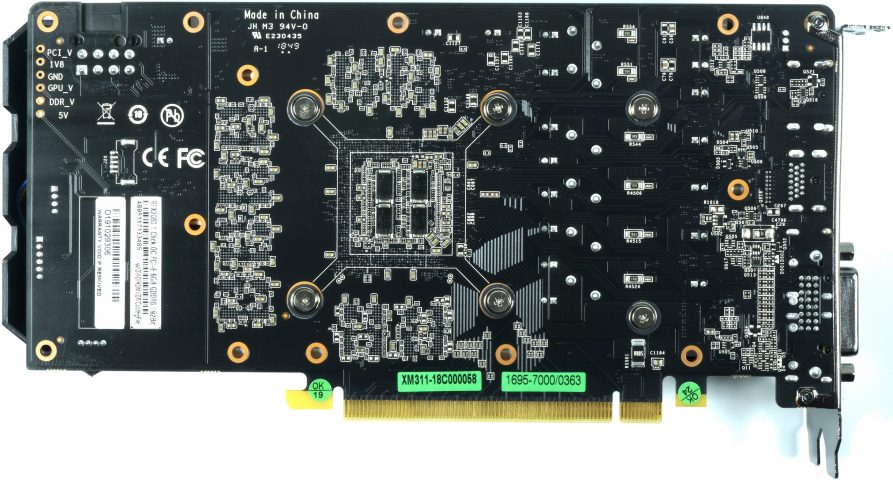
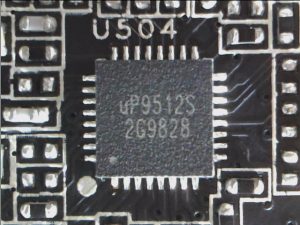
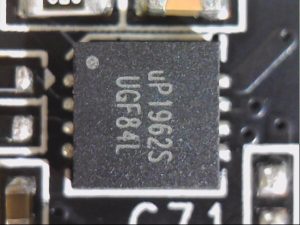
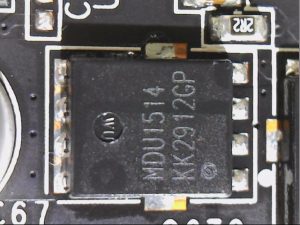
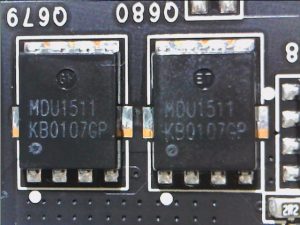
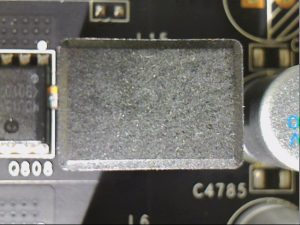
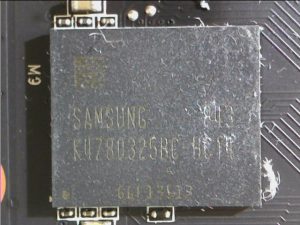
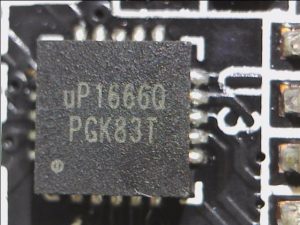
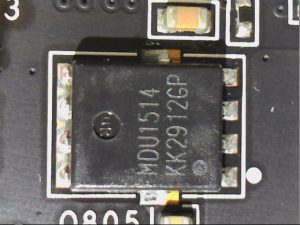
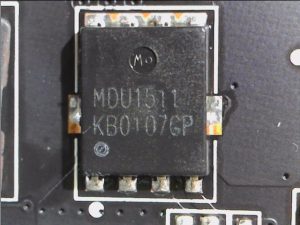
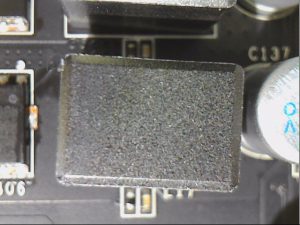
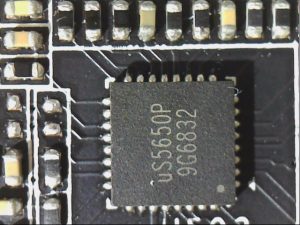

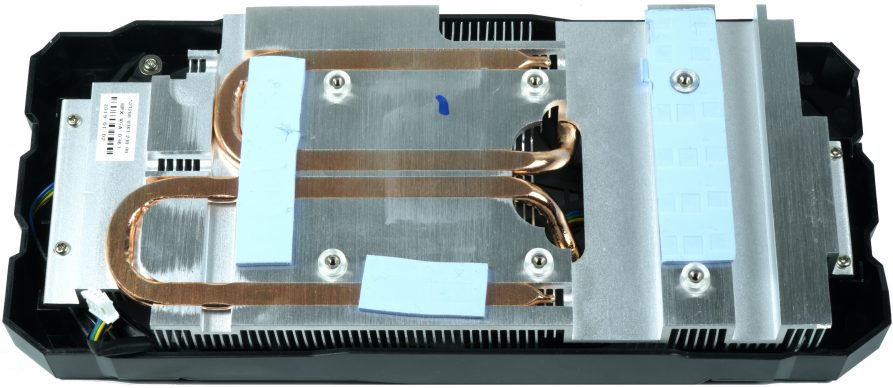


















Kommentieren